14 Belly Fat Mistakes A Dietitian Wants You To Stop Making After 40
Struggling with stubborn belly fat that just won't budge, especially after 40? Functional medicine dietitian May Tom, RD understands your frustration. "This is a particular pain point that drives a lot of my clients to finally come and work with me," says May. Through her practice, she's helped countless clients break free from the cycle of stubborn belly fat using science-based strategies rather than extreme dieting. Keep reading to discover the most common belly fat mistakes you might be making – and learn exactly how to fix them.
Mistake 1: Not Understanding How Belly Fat Works
"Belly fat, also known as visceral adipose tissue, has a unique relationship with insulin resistance," May explains in her post. She describes it as a vicious cycle: "When you're insulin resistant, you put on more weight around your organs. When you have more weight around your organs, they send out signals called adipokines that cause you to become more insulin resistant."
The Cleveland Clinic adds that "visceral fat surrounds your organs and can put you at risk for conditions like diabetes, heart disease, polycystic ovary syndrome (PCOS) and more."
Mistake 2: Waiting Too Long to Address the Problem
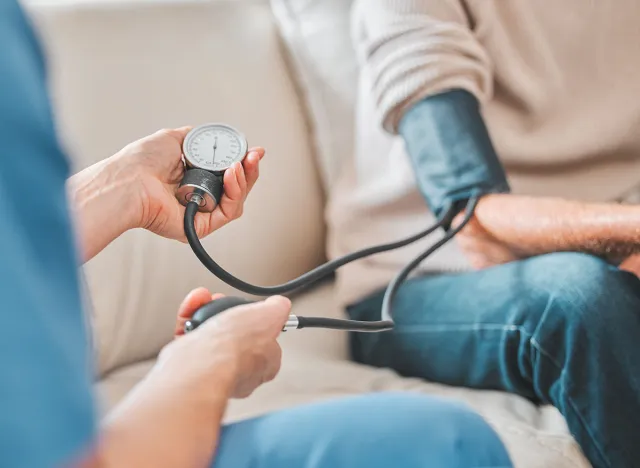
"By losing 5% to 10% of your body weight, you can improve blood pressure, blood sugar, cholesterol levels, mobility, sexual function and more," states Dr. David Creel from the Cleveland Clinic. This aligns with May's observation that addressing belly fat early can prevent long-term health issues.
Mistake 3: Not Tracking Your Blood Sugar

"Diabetes is 10 years in the making, and belly fat is a sign you're on that path," May warns. She recommends using a continuous glucose monitor (CGM) for real-time feedback. "This is real data about you," she emphasizes. "It's a total eye-opener."
Mistake 4: Relying on Artificial Sweeteners

"Being diabetic doesn't mean converting everything to sugar-free, including Diet Coke," May cautions. The Cleveland Clinic supports this, noting that "we're still learning about the long-term effects of different low-calorie sweeteners on things like taste preferences, cravings, gut bacteria and insulin resistance."
Mistake 5: Avoiding Strategic Fasting
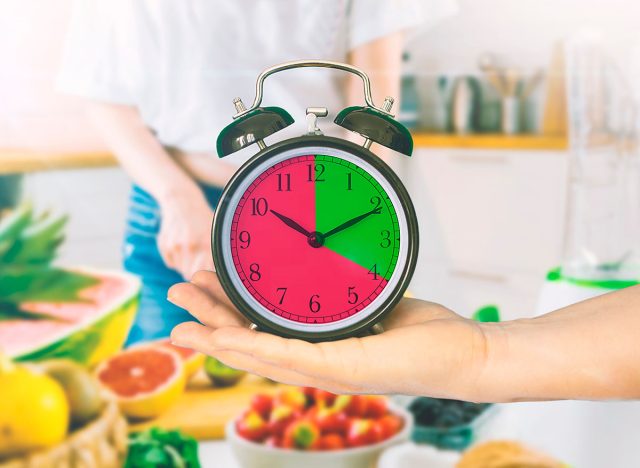
May's "Nourishing Fast" approach, based on the Fasting Mimicking Diet, has shown impressive results. "Recent research with 100 participants showed significant drops in A1C, fasting glucose, insulin resistance, visceral fat, total body fat, and BMI," she reports.
Mistake 6: Doing the Wrong Type of Exercise

The Cleveland Clinic recommends "150 minutes per week of moderate-intensity cardio exercise" for best results. May adds that "one meta-analysis of 32 studies found that HIIT and moderate-intensity aerobic exercise was more beneficial to lowering visceral adipose tissue than resistance training."
Mistake 7: Focusing Only on Ab Exercises

"When you do sit-ups and other core-strengthening exercises, you're strengthening muscles in the abdomen, but that doesn't specifically target the fat," May explains. The Cleveland Clinic adds that "strength training helps build muscle — or at least maintain muscle as you lose fat. And muscle burns calories."
Mistake 8: Ignoring Your Saturated Fat Intake

"Certain genes predispose you to being sensitive to saturated fat where it really adds to your waistline very quickly," May explains, recommending limiting saturated fat to 10% of daily calories.
Mistake 9: Not Activating Your AMPK
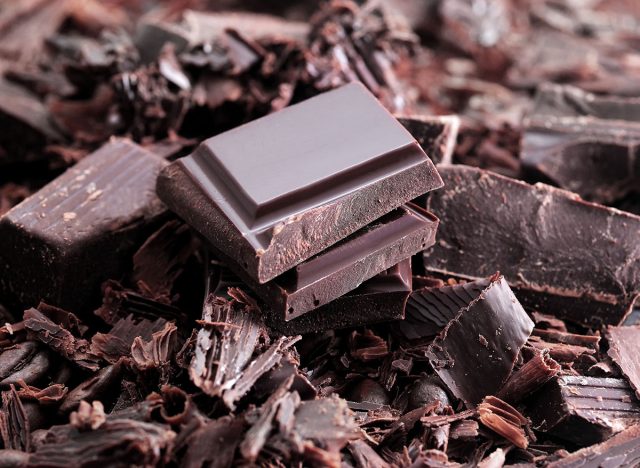
May describes AMPK as "something that senses fuel availability in the body, and when it doesn't sense enough fuel, it activates and helps to mobilize fat." She points to dark chocolate as a natural AMPK activator.
Mistake 10: Overlooking Temperature's Impact on Fat Loss

"One study found that whole body cryotherapy for three minutes each session reduced abdominal adiposity in menopausal women," May reports.
Mistake 11: Skimping on Fiber
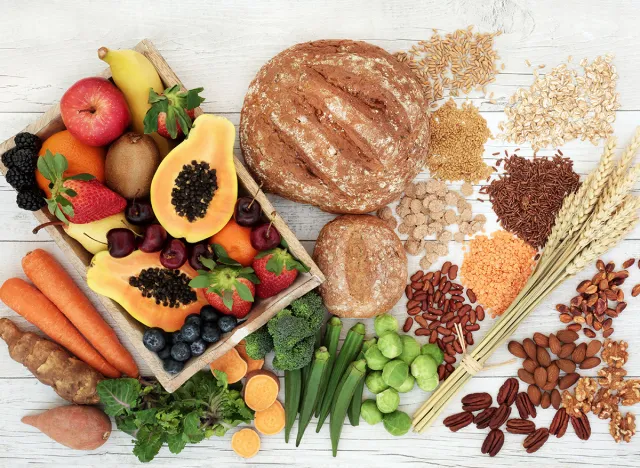
The Cleveland Clinic emphasizes that "foods that contain a high amount of soluble fiber can slow down the passage of food from your stomach to your intestine by forming a gummy gel. That means they help you feel fuller for longer."
RELATED: She Lost 49 Pounds in her 40s When She Stopped Dieting and Started Doing This One Thing
Mistake 12: Not Timing Your Protein Right
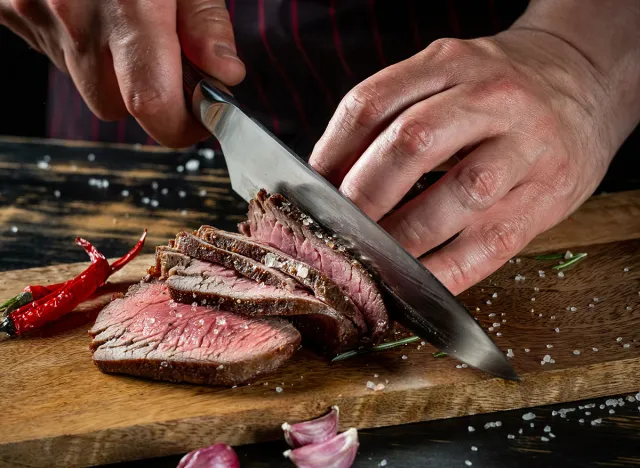
"It's not that you need to be on a high-protein diet as much as you should focus on getting adequate protein that's spread throughout the day," May advises. The Cleveland Clinic adds that "protein helps keep you feeling satiated, lowers hunger hormone levels and may even help you eat less at your next meal."
Mistake 13: Underestimating the Impact of Poor Sleep

The Cleveland Clinic explains that "when we don't sleep well or we're sleep-deprived, it can impact hunger hormones. There's actually a biochemical response to sleep deprivation that makes us want to eat more."
Mistake 14: Neglecting Your Gut Health

"When you're eating, think I'm not just eating for me, I'm eating for 10 billion," May emphasizes, referring to gut bacteria. She warns that restrictive dieting can harm your gut microbiome: "Take care of them, they're going to take care of you." And if you enjoyed this article, take advantage of these 15 Quick Ways to Lose Body Fat Percentage in a Week.





